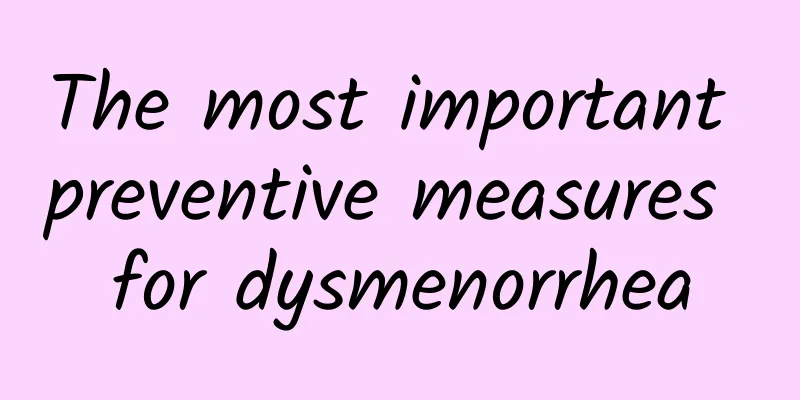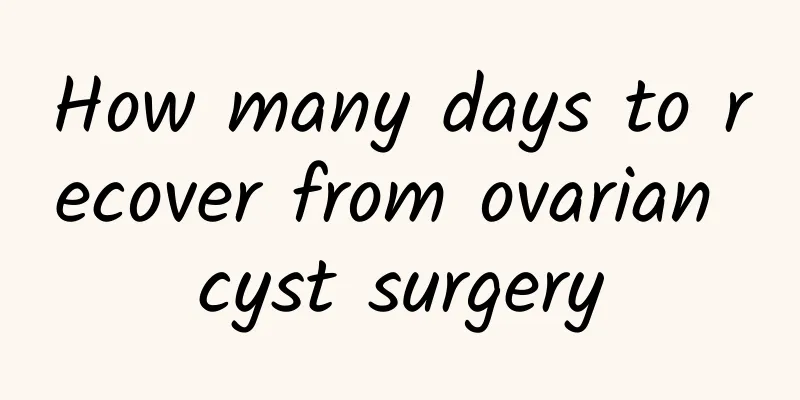Is the right ovarian chocolate cyst serious?

|
Ovarian chocolate cysts are also called endometriosis cysts, a type of endometriosis. They are a relatively serious gynecological disease, mainly because they can easily lead to infertility. As endometriosis spreads to the ovaries, as the cysts grow larger, they affect the ovarian ovulation function and lead to female infertility. If the cyst ruptures, the contents flow into the pelvic cavity, causing severe abdominal pain, which may be accompanied by discomfort such as anal distension. The most common clinical manifestation of chocolate cysts is dysmenorrhea, which tends to worsen progressively, and there may also be pain during sexual intercourse. Difference between chocolate cyst and ovarian cyst To distinguish between physiological ovarian cysts and chocolate cysts, the method is actually very simple, that is, to judge through multiple color Doppler ultrasound examinations. For women with physiological ovarian cysts, they often appear after ovulation and disappear naturally after menstruation, so color Doppler ultrasound can be directly rechecked after menstruation. For women with ovarian chocolate cysts, not only do the cysts always exist, but they also cause progressive and aggravated dysmenorrhea, and may also affect women's reproductive function, leading to difficulties in pregnancy and even infertility. If the cyst disappears, it is a physiological cyst, but if the cyst does not disappear, it may be a pathological cyst, but it is not necessarily an ovarian chocolate cyst. At the same time, when checking color Doppler ultrasound, it will be found that the cyst wall of the ovarian cyst is relatively thick, and the echo inside the cyst wall is generally not particularly uniform. . Causes of ovarian chocolate cysts Congenital vaginal atresia or cervical stenosis, obstruction of menstrual blood discharge has a high incidence rate, iatrogenic endometrial implantation, such as abdominal wall scar after cesarean section, endometriosis may occur due to the incision after delivery, which may be caused by the endometrium being brought to the incision during surgery and directly implanted. The causes of ovarian chocolate cysts include: retrograde menstrual blood. During menstruation, endometrial glandular epithelial and stromal cells can enter the pelvic cavity through the fallopian tubes with retrograde menstrual blood, implant in the ovaries, and continue to grow and spread there, forming ovarian endometriosis, also known as ovarian chocolate cysts. In addition, it is also related to genetic, immune, inflammatory and other factors. The endometrium can also spread to distant places through lymph and veins, resulting in ectopic implantation. |
<<: How to tell if you are about to go into menopause? Three signs of going into menopause
>>: Can right ovarian polycystic disease be cured?
Recommend
A brief analysis of several common dietary treatments for dysmenorrhea
It is understood that diet therapy is one of the ...
Minimally invasive pelvic interventional treatment of pelvic inflammatory disease has the following advantages
There are many treatments for pelvic inflammatory...
How much does artificial abortion cost?
More and more female friends who have unexpected ...
"Bad Mom" Lee Do Hyun sculpts out a sexy mermaid line! Fitness coaches teach you 5 ways to sculpt your abdominal muscles
Many Korean stars on the screen rely on weight tr...
Zheng Duoyan's dumbbell exercise 3 moves to get rid of butterfly sleeves
With spring approaching, throw away your heavy cl...
Pelvic inflammatory disease usually starts with lower abdominal pain
Pelvic inflammatory disease usually starts with l...
What are the specific symptoms of vulvar leukoplakia?
The symptoms of vulvar leukoplakia are not obviou...
What is physiological ovarian cyst and can it cause miscarriage?
What is a physiological ovarian cyst? Can it caus...
What is the treatment for chronic adnexitis?
What is the treatment for chronic adnexitis? This...
How much does it cost to recover from menopause?
A detailed introduction to the cost of menopause ...
Polycystic ovary syndrome follicle size
When female hormone secretion is disordered, vari...
The cause of ovarian cysts has a huge impact on women's fertility
As the incidence of female ovarian cysts increase...
How to treat cervicitis white blood cell three plus signs?
How to treat cervicitis white blood cell three pl...
How harmful is uterine cyst during pregnancy?
The harm of uterine cysts during pregnancy depend...
How to treat the second degree of cervical erosion during lactation
The treatment of cervical erosion during lactatio...









